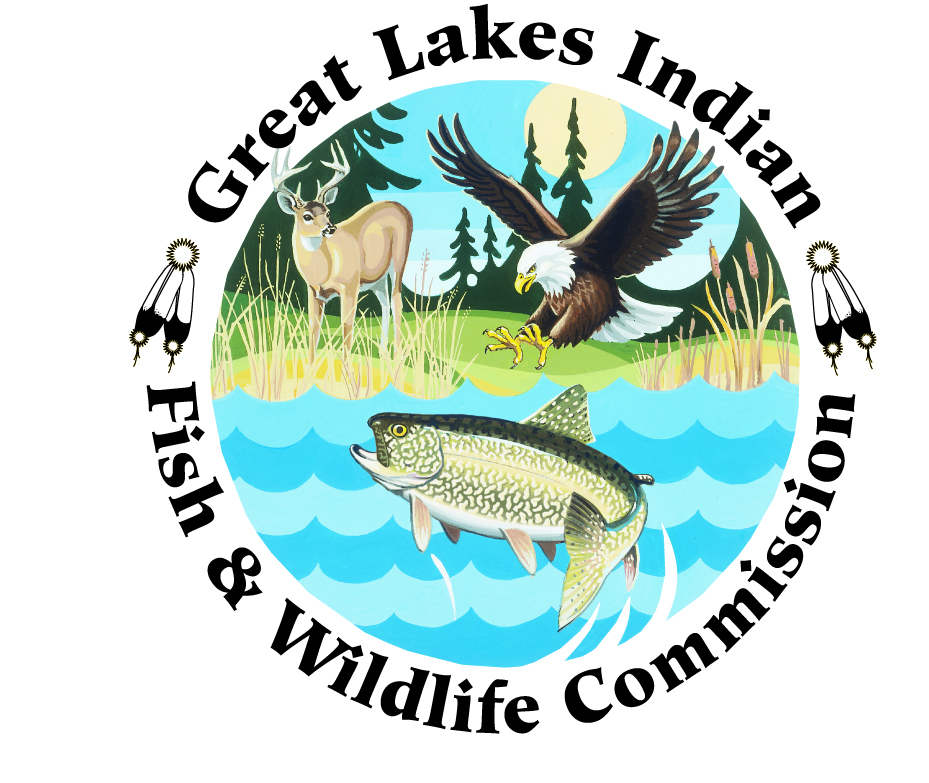Wetland mapping
Wisconsin Wetland Inventory maps show graphic representations of the type, size and location of wetlands in Wisconsin. These maps have been prepared from the analysis of high altitude imagery in conjunction with soil surveys, topographic maps, previous wetland inventories and field work.
State statutes define a wetland as "an area where water is at, near or above the land surface long enough to be capable of supporting aquatic or hydrophytic vegetation and which has soils indicative of wet conditions."
The principal focus of the wetland inventory is to produce wetland maps that are graphic representations of the type, size and location of wetlands in Wisconsin. Currently, there are two different datasets that have been created using different mapping methods and technologies.
The majority of the state was mapped using traditional stereo-pair, black-and-white, infrared photography. Within this context, the objective was to provide reconnaissance level information on the location, type and size of these habitats so that they are accurate at the nominal scale of the 1:24,000 (1 inch = 2000 feet) base map.
LiDAR technology has advanced the ability to see surface features and has allowed for improved wetland and surface water mapping. New wetland mapping is underway in areas across the state at a nominal scale of 1:2000 (1 inch = 166.7 feet).
See the status maps below for more information.
The DNR recognizes the limitations of using remotely sensed information as the primary data source. They are to be used as a guide for planning purposes.
There is no attempt, in either the design or products of this inventory, to define the limits of jurisdiction of any federal, state or local government, or to establish the geographical scope of the regulatory programs of government agencies. Anyone intending to engage in activities involving modifications within or adjacent to wetland areas should seek the advice of appropriate federal, state or local agencies concerning specified agency regulatory programs and jurisdictions that may affect such activities. The most accurate method of determining the legal extent of a wetland for federal or state regulations is a field delineation of the wetland boundary by a professional trained in wetland delineation techniques.
The Wisconsin Wetland Inventory was established in 1978 to help protect wetlands. The DNR completed the initial inventory in 1984 after being directed to map the state’s wetlands. You can learn more about the Wisconsin Wetland Inventory through the following links.
- Wisconsin Wetland Acreage Facts
- Wisconsin Wetland Inventory Status Map for wetland data created using traditional, stereo-pair, aerial photography.
- Wisconsin Wetland Inventory Classification Guide for wetland data created using traditional, stereo-pair, aerial photography.
- Current Wetland Mapping Methods using LiDAR.
- Status Map for wetlands mapped using LiDAR.
View wetland maps online
For customers without GIS software
You can choose data layers, view and print what you need.
The Wisconsin Wetland Inventory has developed their own web viewer that features the statewide, colorized digital elevation layer derived from LiDAR data.
For customers with GIS software
Wisconsin Wetland Inventory dynamic service. This version is of greater visual quality but only displays below 1:15,840.
Wisconsin Wetland Inventory cached service. It allows for faster display.
Wisconsin Wetland Inventory statewide geodatabases
File contains statewide WWI datasets along with new LiDAR-based mapping for select areas across Wisconsin. See status map above for project areas.
- WWI ESRI Geodatabase (August 2024)
For more information on the Wisconsin Wetland Inventory:
Calvin Lawrence
WWI database manager/GIS specialistOpal Jain
GIS Specialist



Funding provided by the Wisconsin Coastal Management Program and the National Oceanic and Atmospheric Administration, Office for Coastal Management under the Coastal Zone Management Act, Grant #NA19NOS419008.
Funding is provided by the USDA Forest Service, Chequamegon-Nicolet National Forest through both the Good Neighbor Authority program in partnership with DNR Forestry Division and internal appropriated funding.
Portions of wetland mapping provided by the Great Lakes Indian Fish and Wildlife Commission in cooperation with the University of Wisconsin - Madison Department of Forestry and Wildlife Ecology and Department of Planning and Landscape Architecture.
